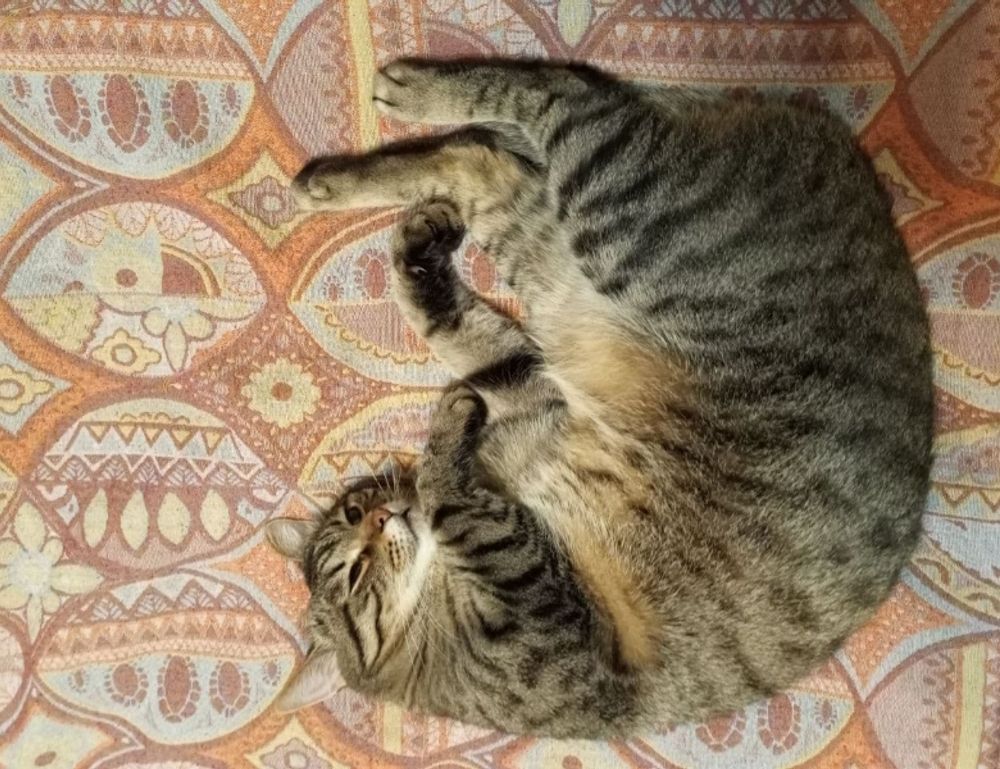What Are Loguytren Problems?
Let’s get the basics out of the way. Loguytren problems refer to a progressive condition involving the connective tissue under the skin of your palm. Medically, it’s known as Dupuytren’s contracture, but the term “loguytren problems” captures the everyday struggles more people can relate to.
Here’s what typically happens: cords of tissue start forming under your skin. These cords gradually pull one or more fingers (usually the ring or pinky) into a bent position. It’s not painful, but it’s definitely limiting. You’ll soon notice difficulties with simple stuff—like shaking hands, putting gloves on, or slipping your hand into a pocket.
Early Signs to Watch For
You won’t wake up with a bent finger one morning. Loguytren problems develop slowly. Watch for these red flags:
A firm lump or nodule in the palm Skin puckering or dimpling A slow progression where one or more fingers no longer straighten completely Difficulty gripping objects or flattening your hand on a surface
If your hand starts feeling a bit “off” or movement gets awkward, it might be time for a checkup.
Who Gets It and Why?
There’s no single smoking gun, but a few risk factors pop up consistently. If you’re over 50, male, or of Northern European descent, you’re automatically at higher risk. Genetics matter here—if someone in your family had loguytren problems, your chances of getting it climb, too.
Lifestyle and medical history also play a part. People with diabetes or epilepsy report a higher incidence, as do smokers and heavy drinkers. Exposure to manual labor? That’s still up for debate in terms of causation, but it could aggravate symptoms.
How It Affects Daily Life
This isn’t just about finger movement. Over time, loguytren problems impact the way you live.
Can’t hold a coffee cup right? That’s a pain. Struggling with typing or swiping your screen? Adds up fast. Feeling awkward in social or business settings where handshakes are expected? That’s real.
It’s these subtle but constant clashes with everyday function that make this condition such a challenge.
Diagnosis and What to Expect
You won’t need fancy tests. Diagnosis typically involves a physical exam and a simple function test—like placing your hand flat on a table. If your palm doesn’t touch the surface, it’s a sign contracture is underway.
Doctors track severity and look at factors like how much motion is lost and how fast the condition is progressing. From there, they’ll lay out your options.
NonSurgical Approaches
There’s no official cure, but several treatments can slow things down or improve function:
Stretching and Physical Therapy: Helps in early stages, best if combined with braces or splints in some cases. Needle Aponeurotomy (NA): A needle is used to break the cord causing the contraction. It’s minimally invasive and done under local anesthesia. Quick recovery. Collagenase Injection: An enzyme is injected to weaken the cord, making it easier to break during manipulation. This is effective but not always permanent.
These options can work, depending on how far along you are. Nothing here rewinds things fully—it’s all about control and pause.
When Surgery Is On the Table
If the fingers become too bent, surgical options like fasciectomy (removal of affected tissue) offer a more lasting result. Recovery’s longer, but results tend to stick better. It’s usually a lastresort strategy after less invasive methods fail or the condition comes back strong.
Postsurgery therapy is a must. Exercises and splints help regain function and prevent more contractures down the road.
Living With Loguytren Problems
Long term? It’s about being proactive. This condition won’t pick up speed or slow down based on your mindset, but you can stack the deck in your favor.
Pay attention to your hand health. Get regular checkups if you’re at high risk. Act early when symptoms appear. Stick to rehab if you’ve had treatment.
That’s how you avoid complications and stay ahead of the curve.
Final Thoughts
Loguytren problems aren’t just about your hand—they affect how you function, how you interact, how efficient you are in daily tasks. Knowing what to look for and how to respond makes a big difference. Treatments exist, and although there’s no cure, your quality of life doesn’t have to take a nosedive.
Watch your hands. When they start talking, it’s smart to listen.
